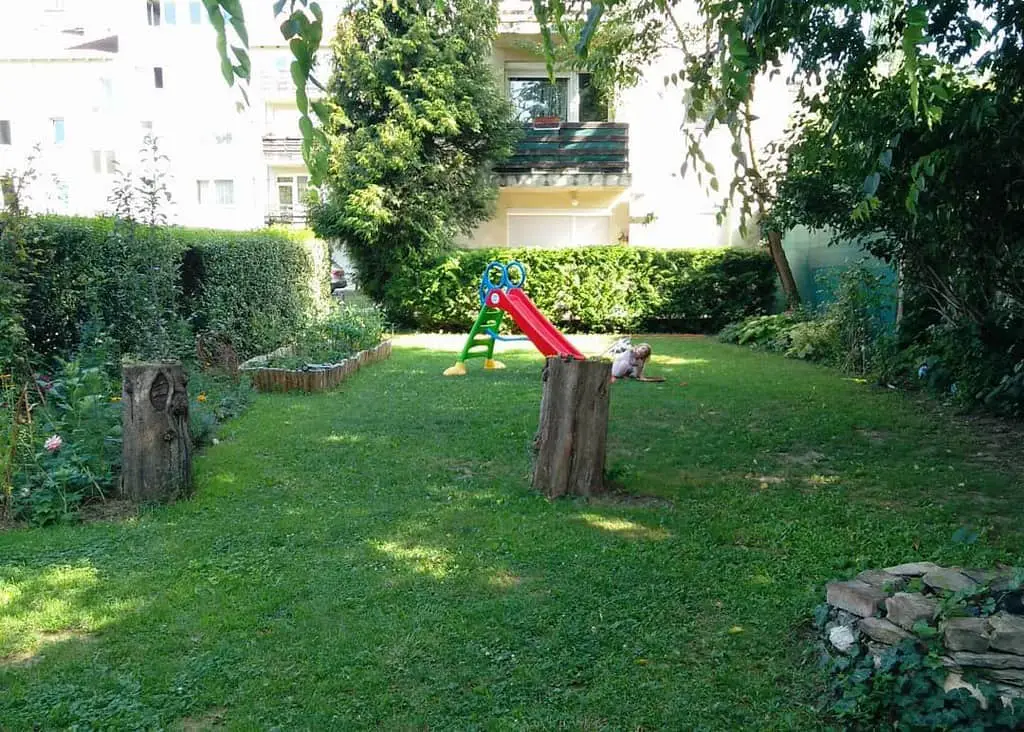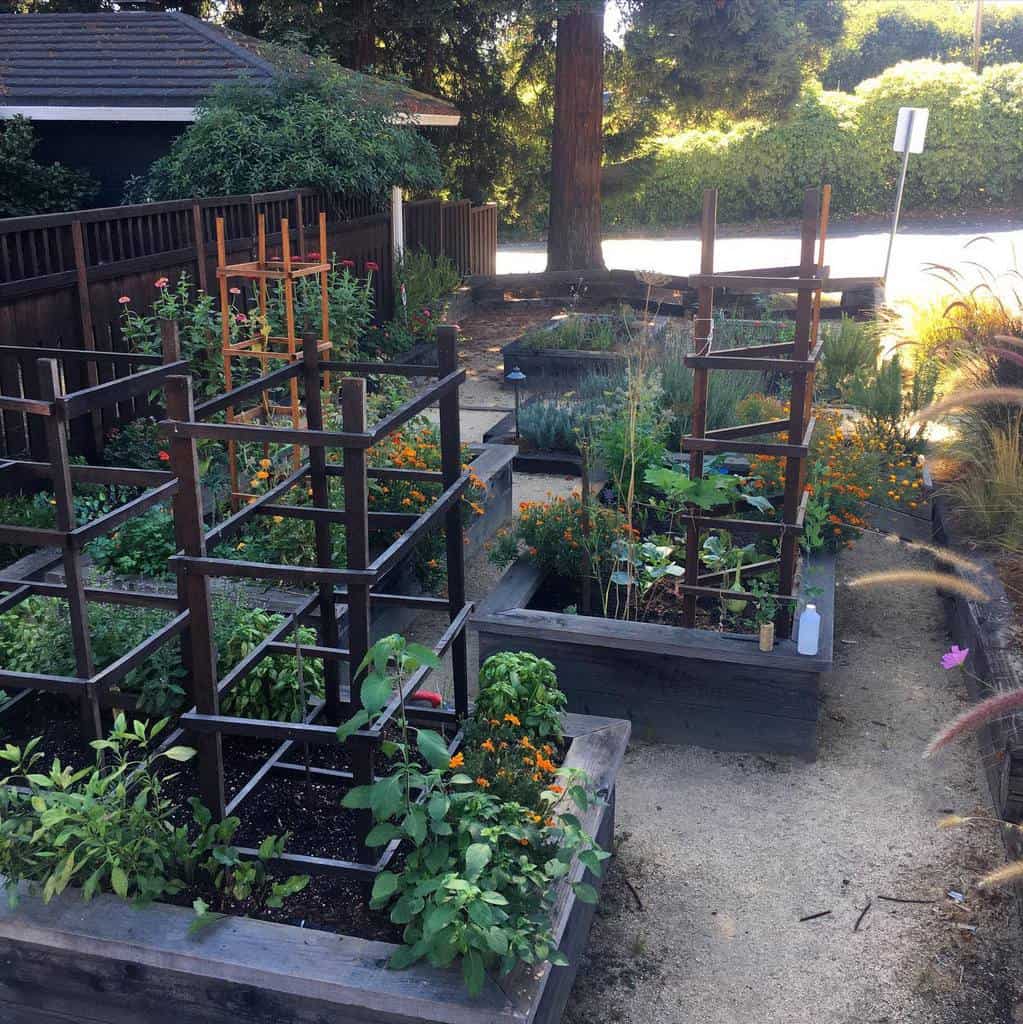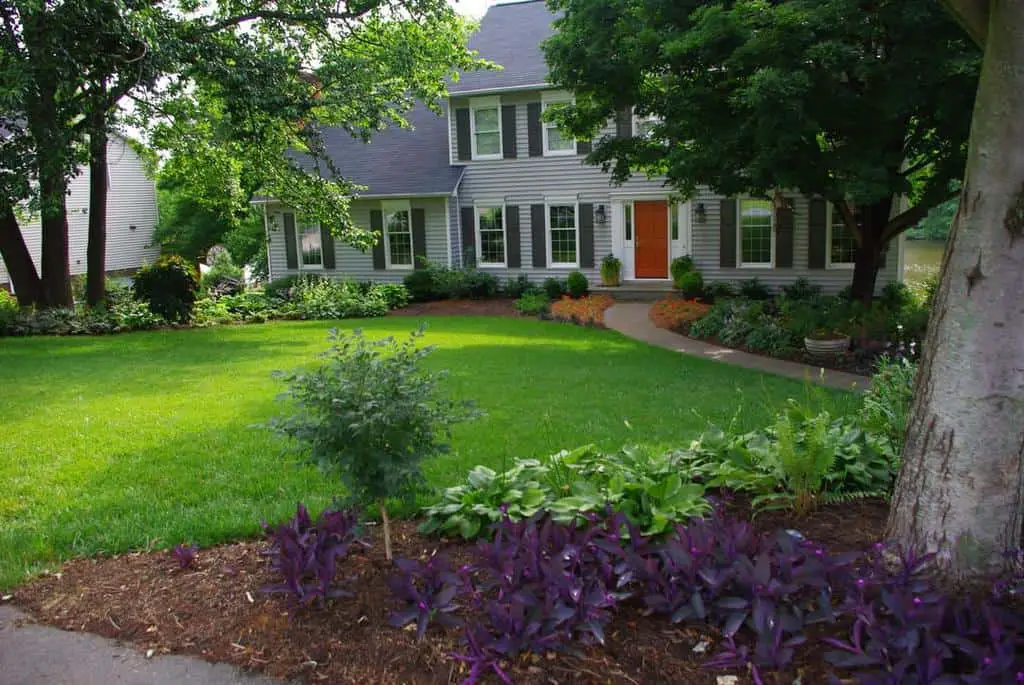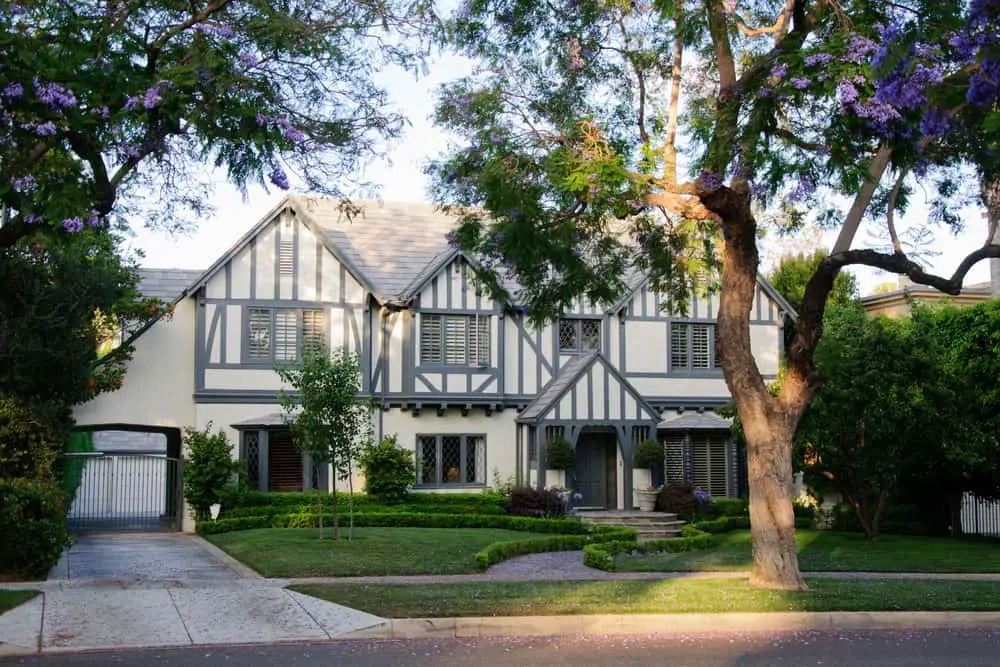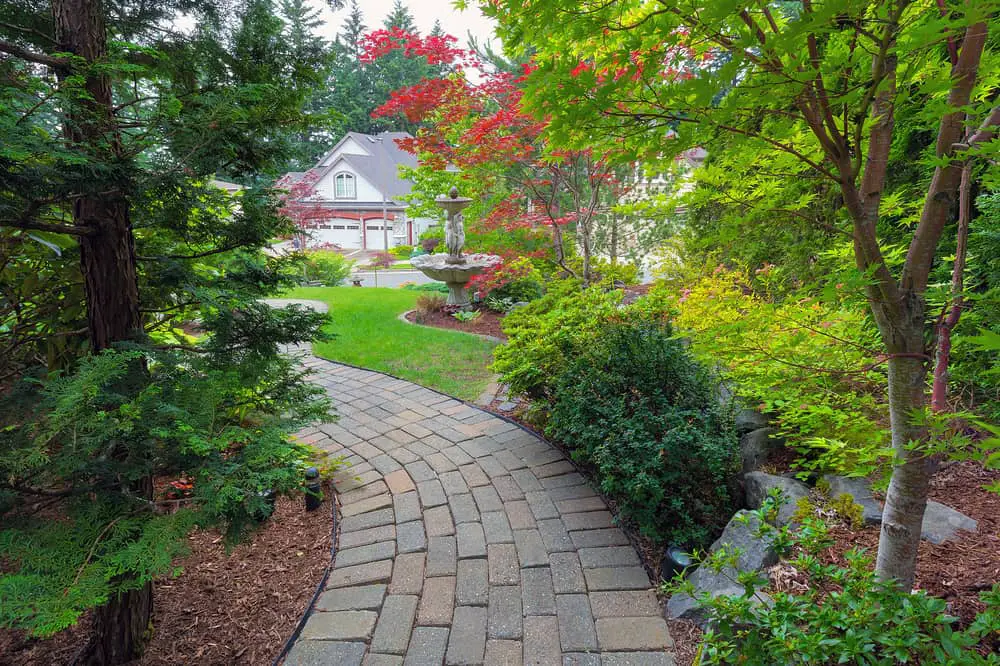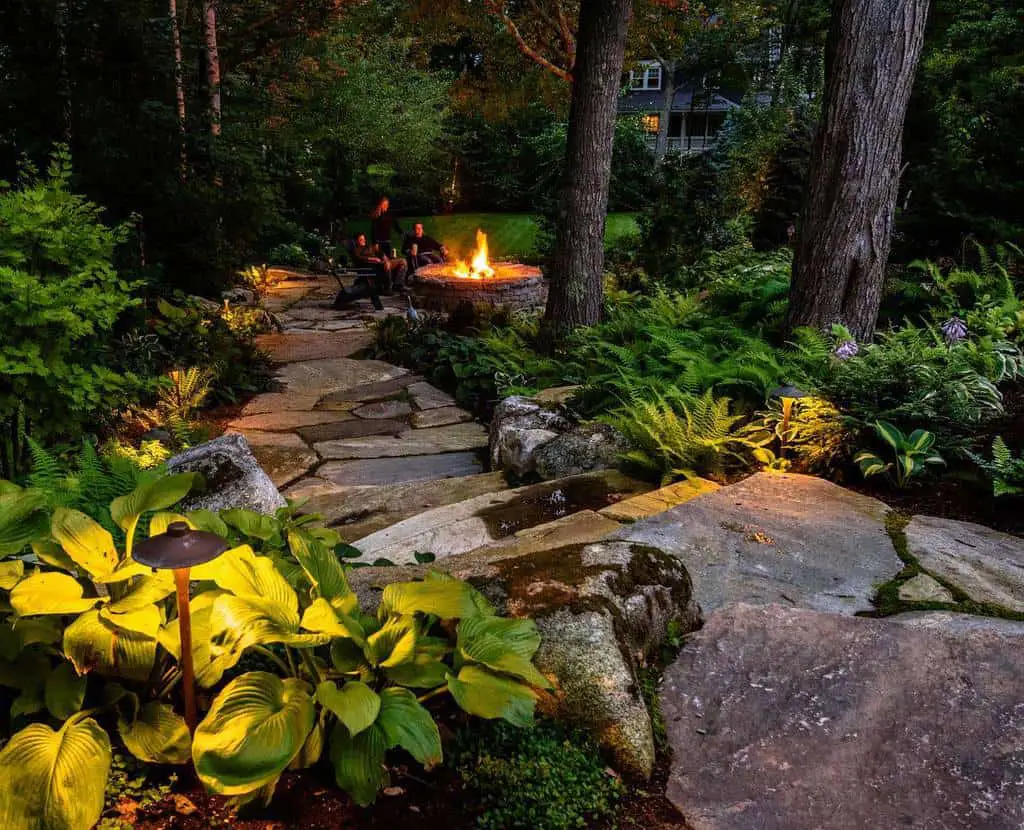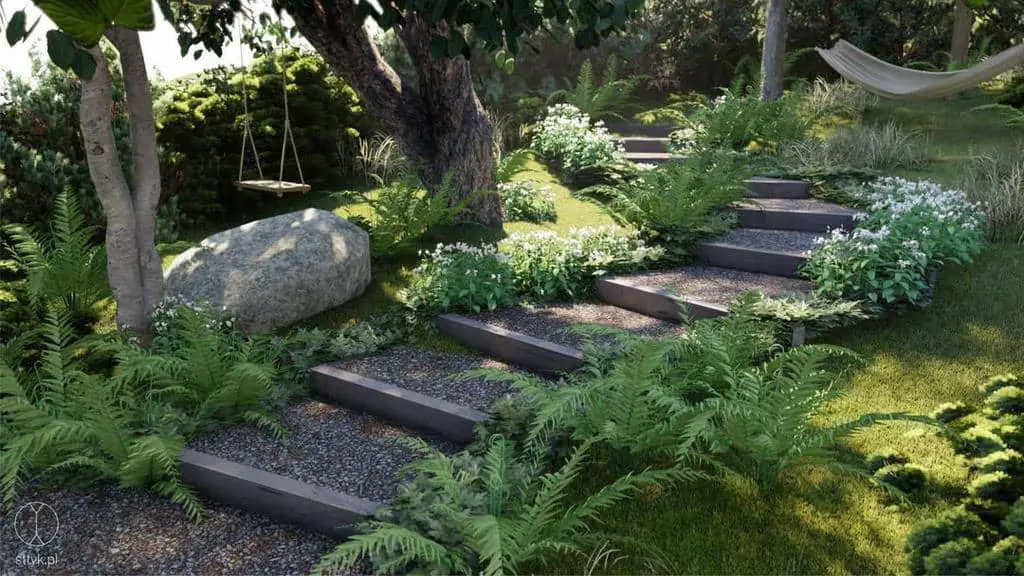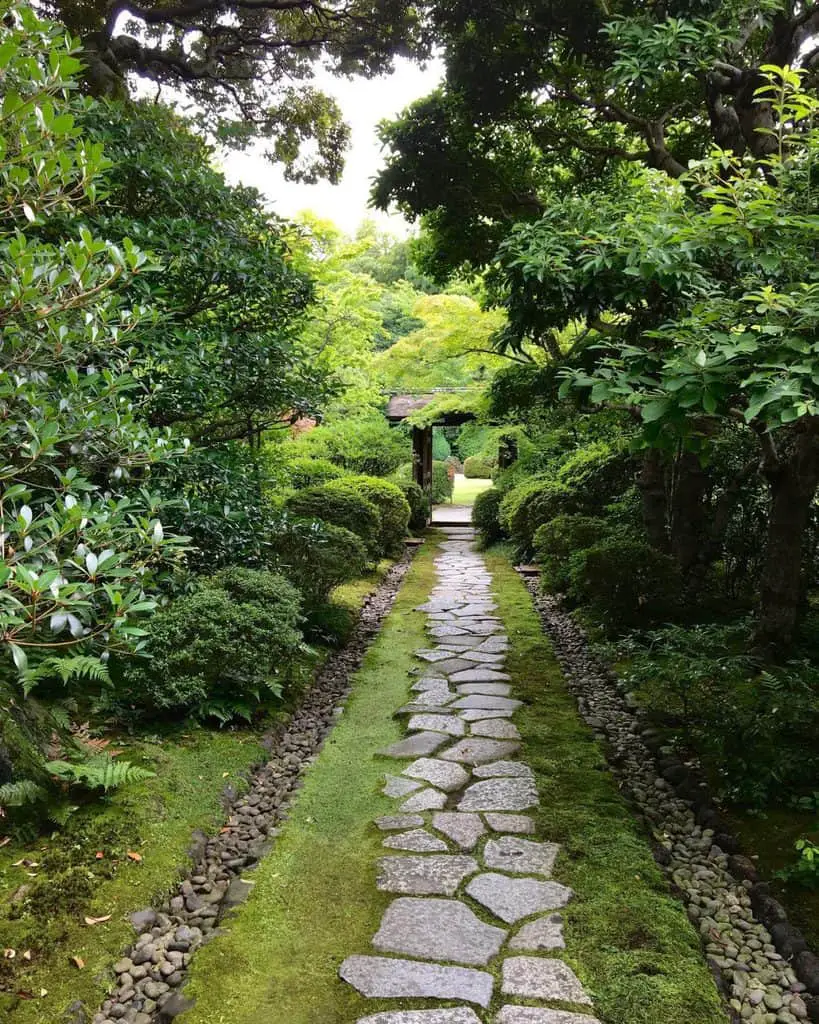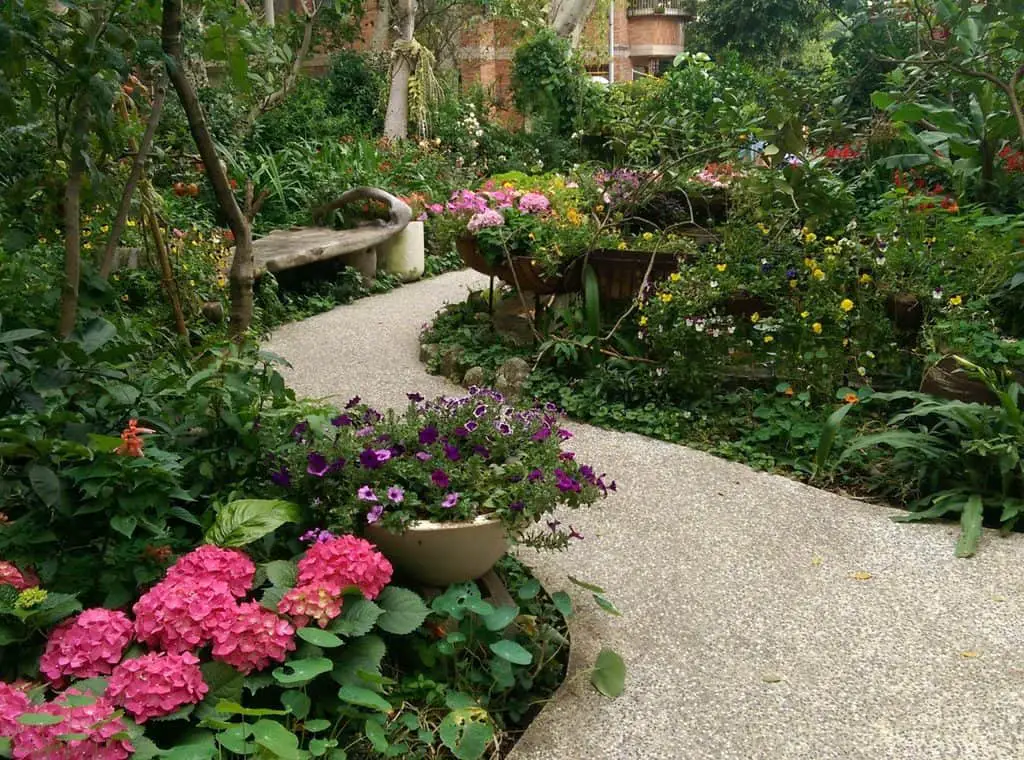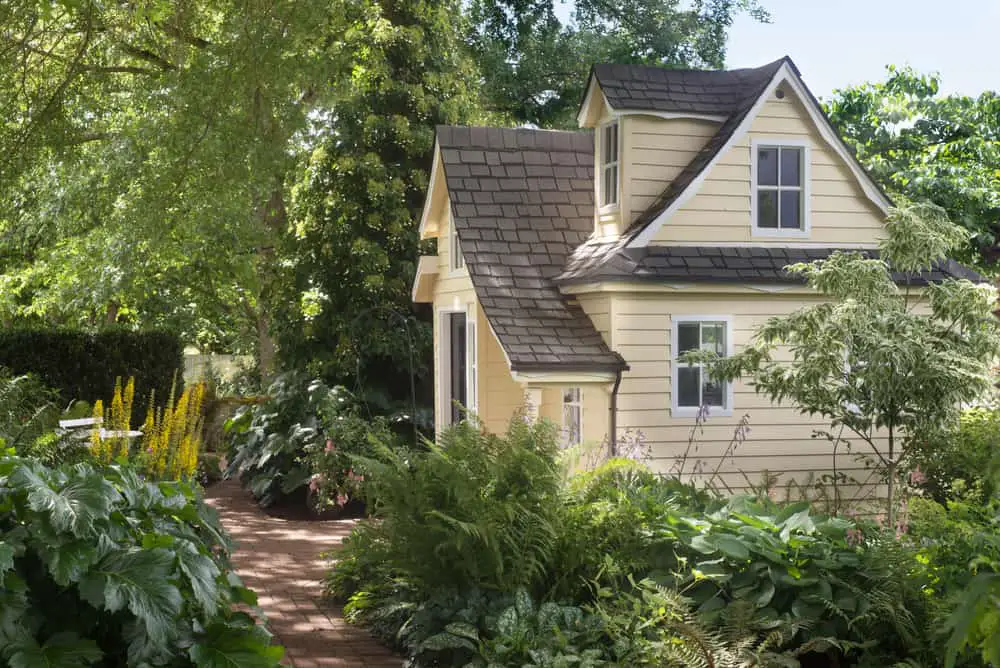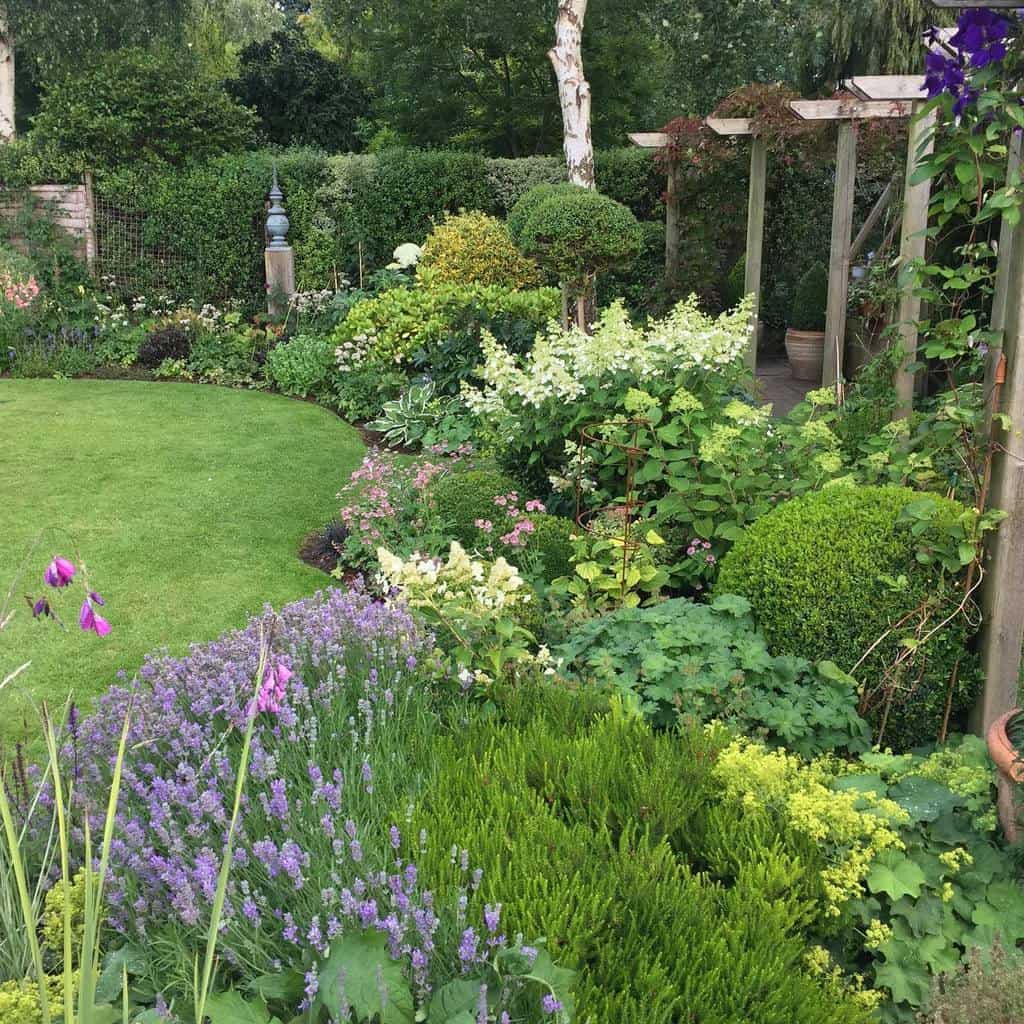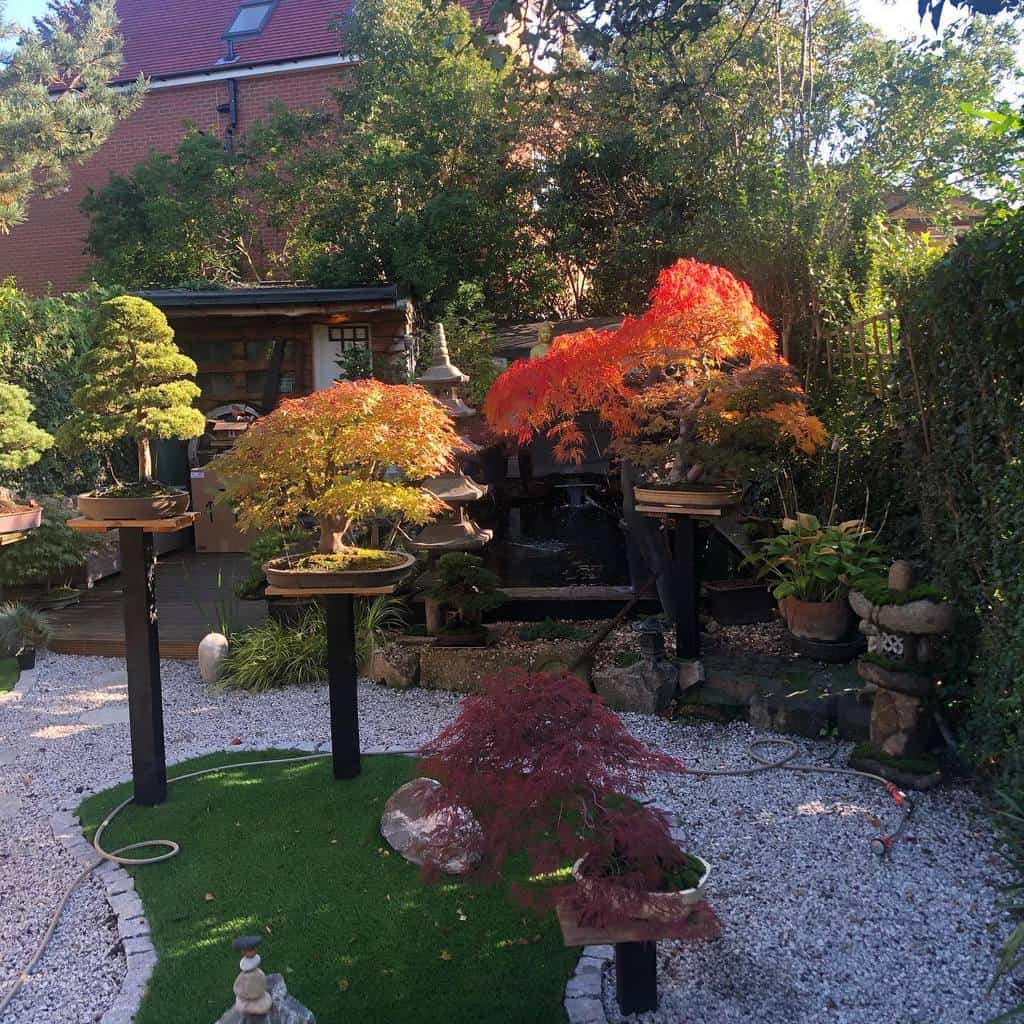Plants need sun to grow and be splendid. But not all. If your house does not have much light or your terrace is in the shade, here are 12 plants that live like queens away from the sun’s rays. Take notes with the following shade garden design ideas!
Backyard Shade Garden Designs
Plants that live in shade are characterized by having large leaves. That way, they can capture as much light as possible. Its flowers are usually small and are perfect to decorate both the interior of the house and a corner of the terrace or garden where the sun does not touch. Of course, each one then needs its specific care.



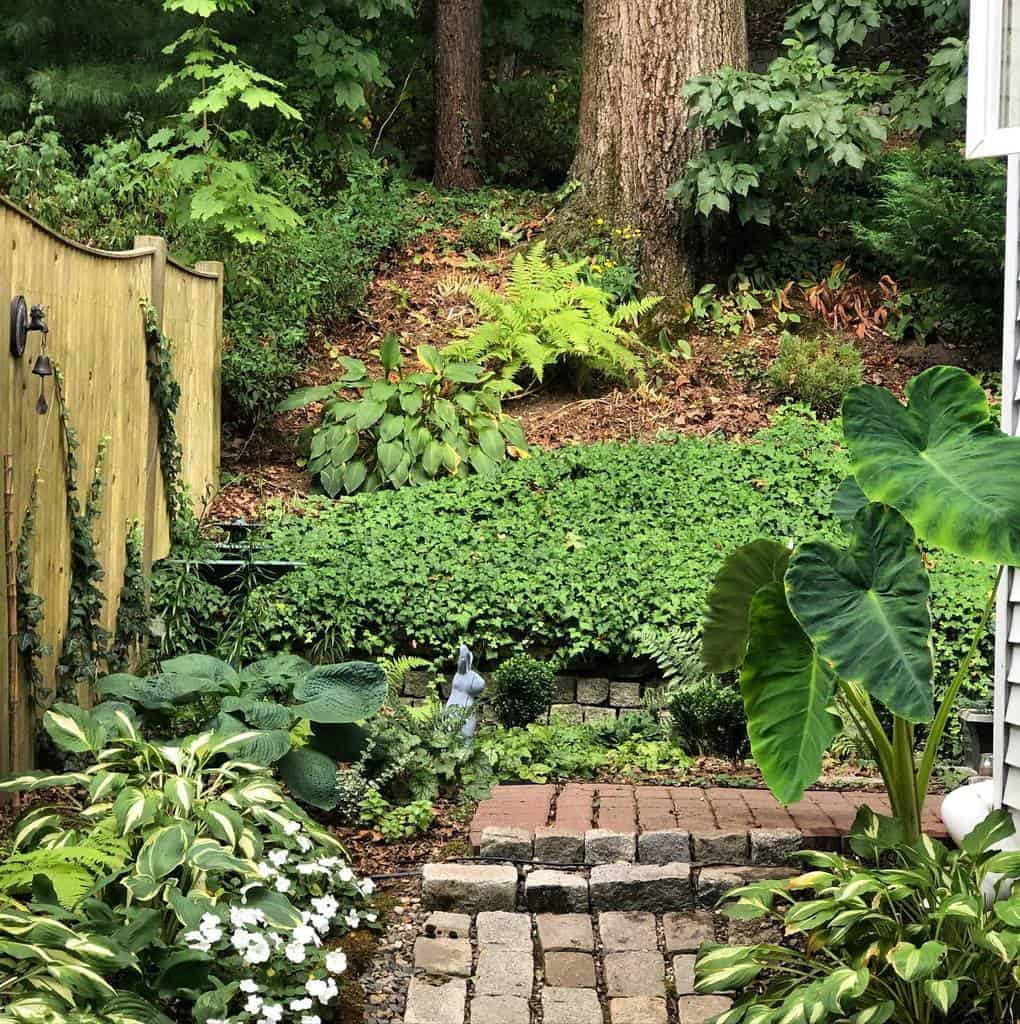
Front Yard Shade Garden Designs
You can plant many plants outside, be it on the terrace, balcony or garden. In contrast, other species prefer to live indoors. It will depend on the climate and its needs to develop. If you put them outside, make sure it is a corner where the direct sun does not shine for too many hours, since these species can burn. And, if you place them inside your home, always avoid drafts and sources of heat –or cold–, such as heating or air conditioning.
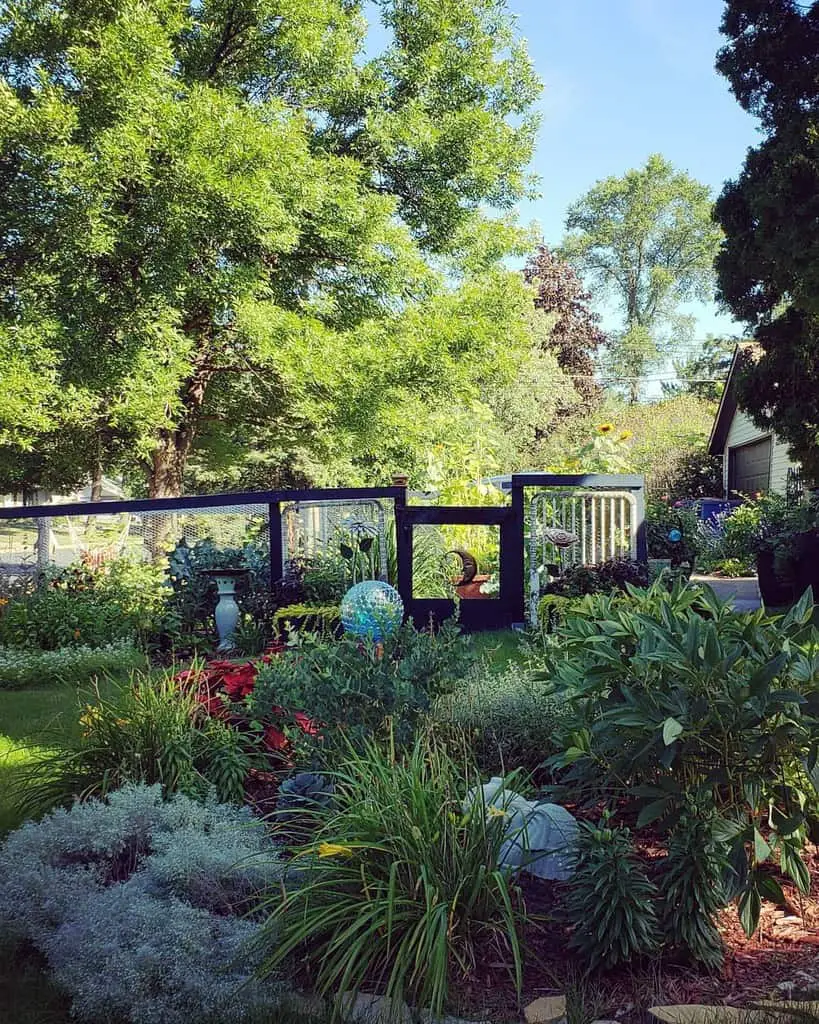

Garden Path Shade Designs
Like all plants, although they do not need direct sun, indirect light is necessary for them to fully develop. There are other cares that you have to take into account it guarantees a good drainage. When you plant them, you can put a layer of gravel under the substrate so that the water drains well and they don’t puddle. Another option is to place a plate with pebbles and water under the pot.
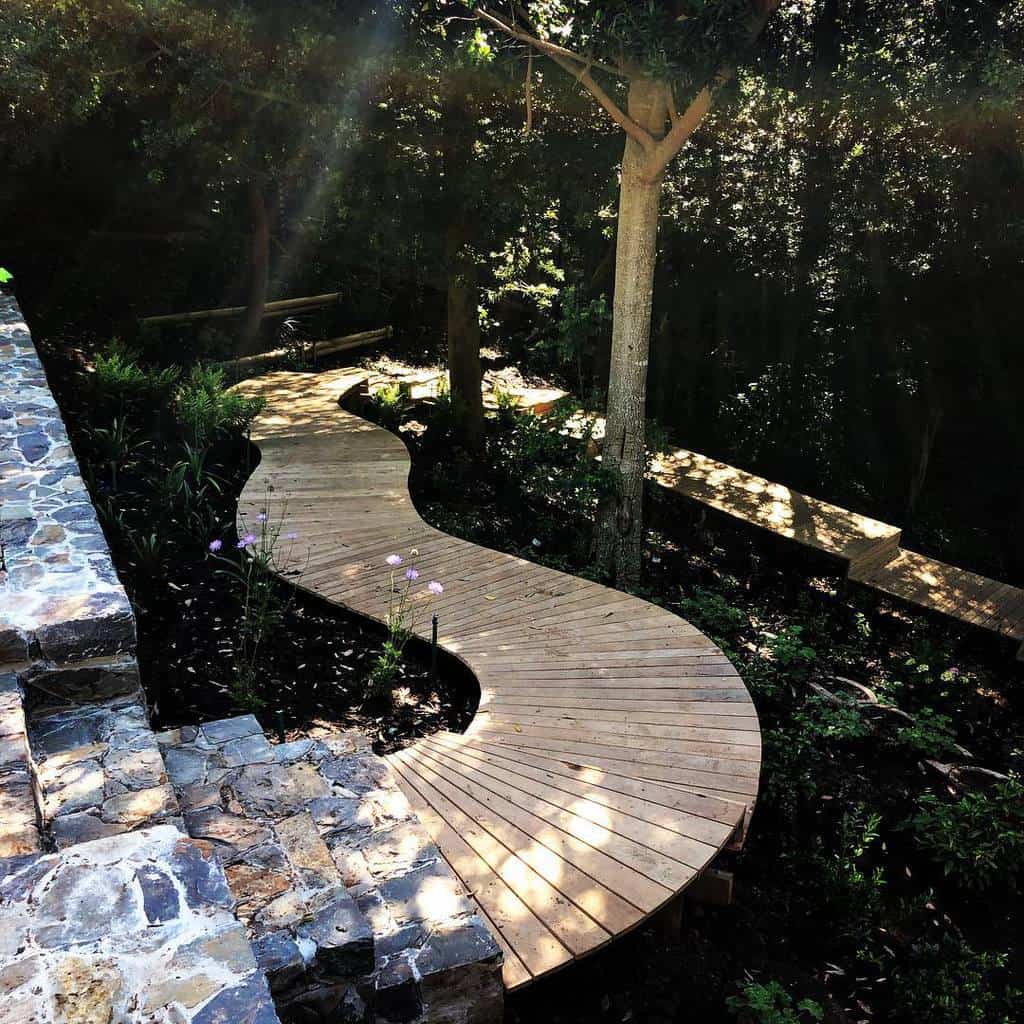
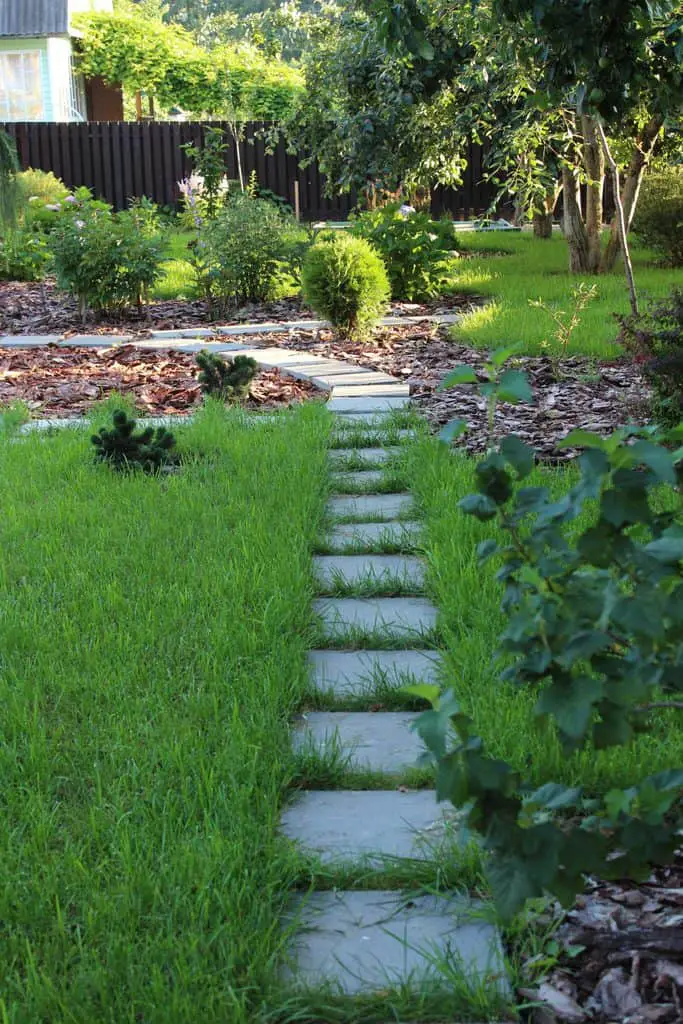
Cottage Shade Garden Designs
Evaporation will keep the plant hydrated and healthier, in addition to generating humidity in the environment – plants love it. Always water in moderation. The important thing is not to water the soil, but not to let it dry out either. A good trick is to stick your finger in the substrate to check the humidity, as it may appear dry, but in the lower layers you still have water to supply the plant.
Don’t leave the plate waterlogged. When the soil has absorbed what it needs, remove the rest of the plate.
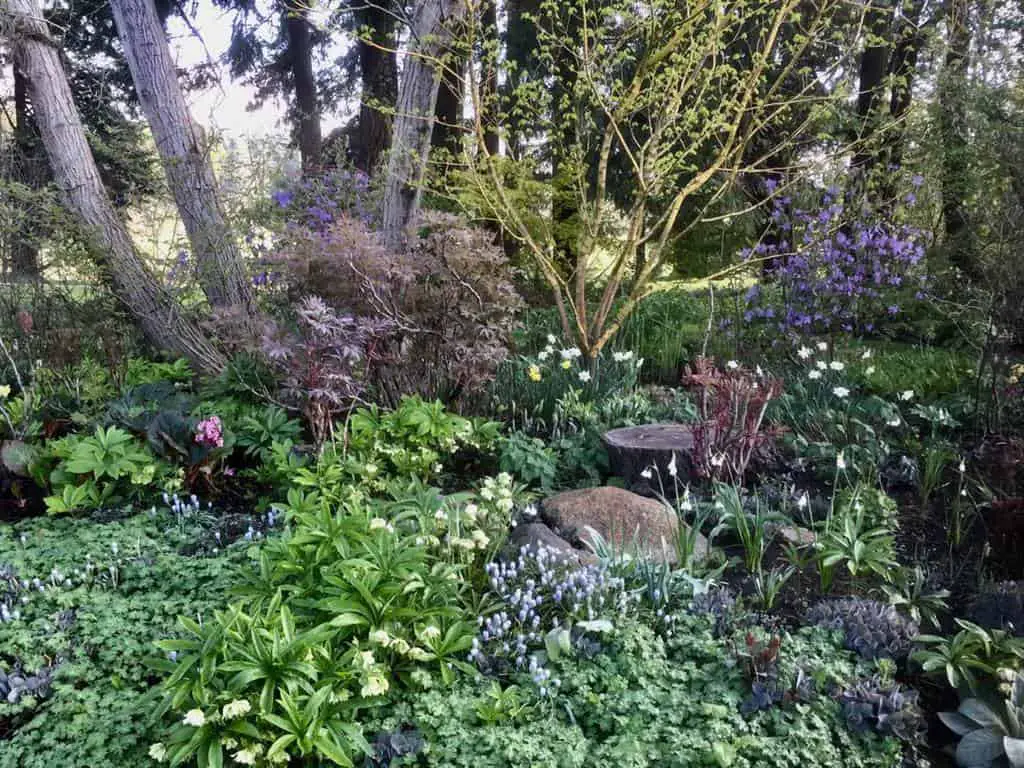
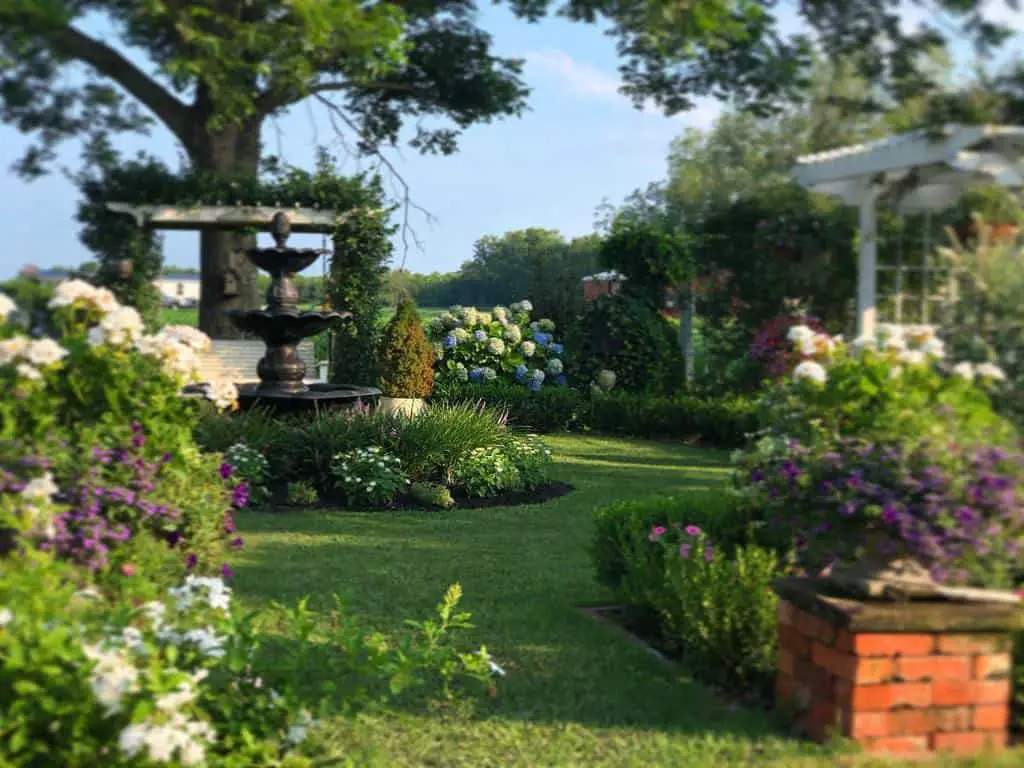

Landscaped Shade Garden Designs
Do not stop moving it to a larger pot when you see that the plant needs it. The best time is the end of winter and, better, at a time of day when the temperatures are not too high. And if it is new, wait at least a week to change the pot so that, first, it acclimatizes to your home. The importance of pruning. The best thing to do is to do it during the months when the plant is dormant (from October to March), but above all it is important that you do not do it during the growing season.
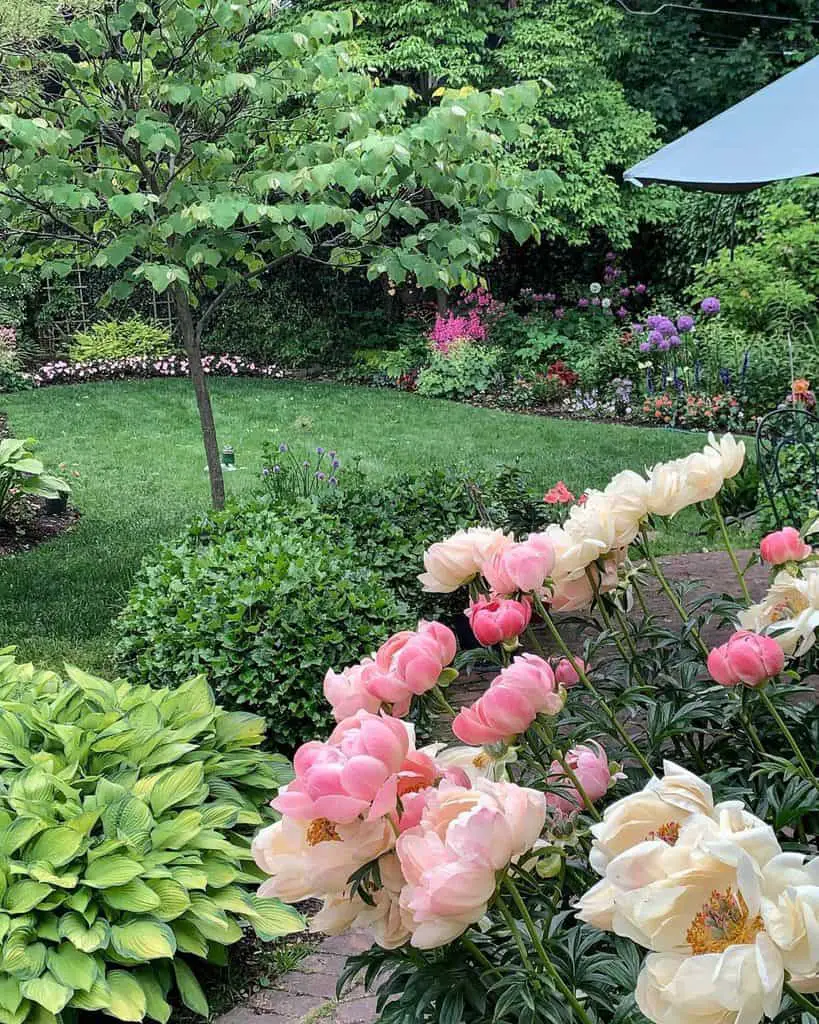
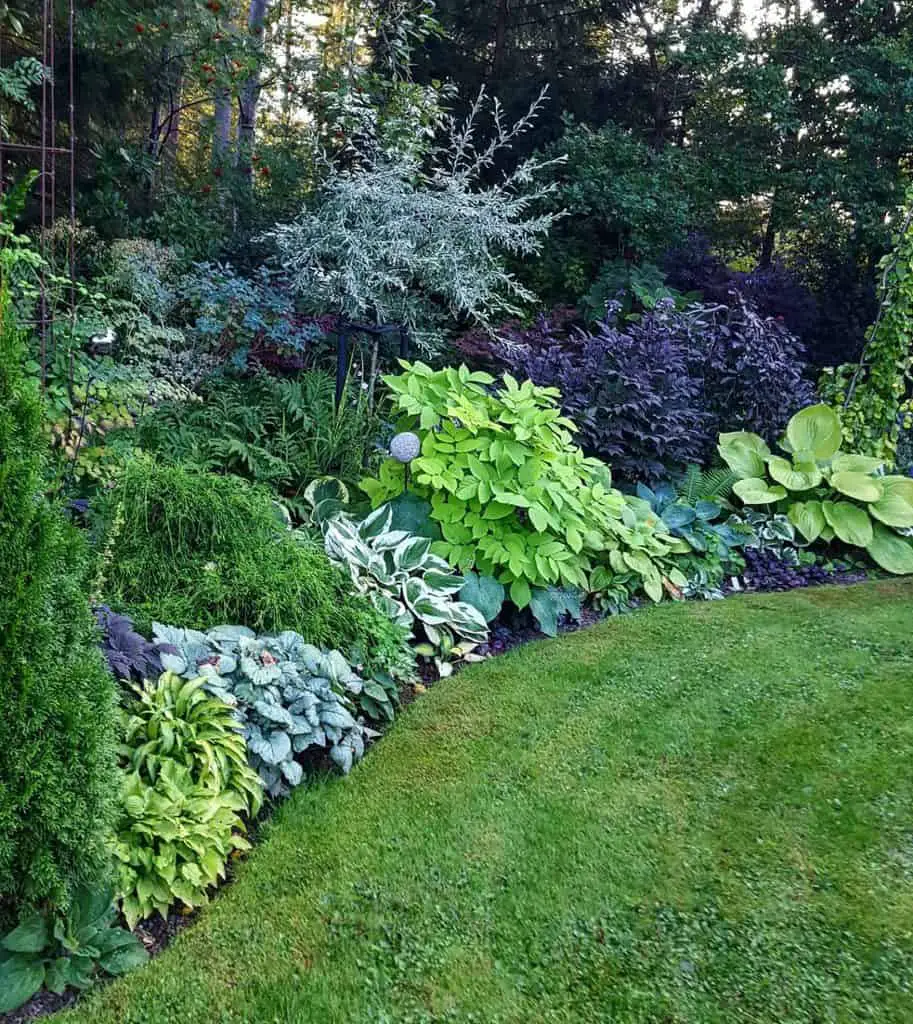
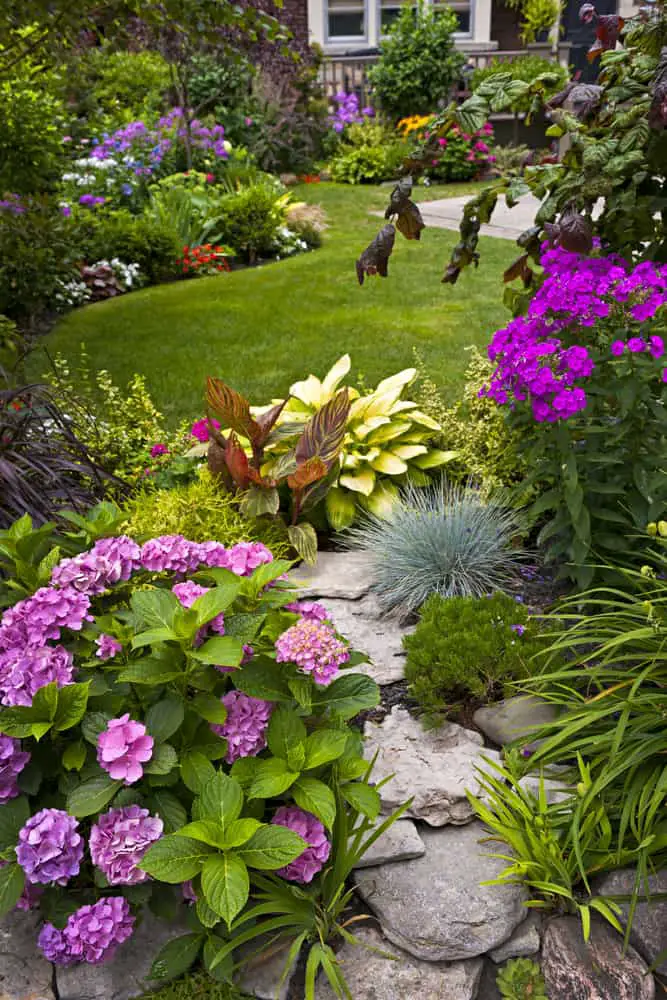
Shade Garden Design Ideas FAQs
1. Air conditioning water – Can it be used to water the shade garden plants?
The water dripping from the air conditioner is good for watering plants. As it is distilled, it is purer, more or less like rain, without salts, without lime or chlorine and with a slightly acidic pH. For carnivores it is optimal, since they cannot stand tap water due to lime. Very good for acidophilic plants (hydrangea, gardenia, azalea, heather, fuchsia, camellia, etc.) and in general it is better than that of the tap.
2. Should I use vinegar in the water for shade garden plants?
A few drops of vinegar in the watering can is good for acidophilic plants, it acidifies the water, but it is cheaper to use than citric acid and since this is a practically pure substance, the dose is controlled very well so as not to over-acidify the water or fall short. It is recommended to use citric acid for plants in container and iron sulfate for plants in the ground. The citric acid is applied in each irrigation and the iron sulfate in a monthly irrigation.
3. Can shade garden plants be left alone for a month?
Not really. A drip irrigation can be mounted using a 25 or 50 liter drum, an aquarium pump, a non-return valve after the pump (so that when it stops expelling water it does not siphon effect) and a digital irrigation programmer that makes 2 or 3 times a day it is opened so that it is dripping the droppers for 1 or 2 minutes to each pot.

